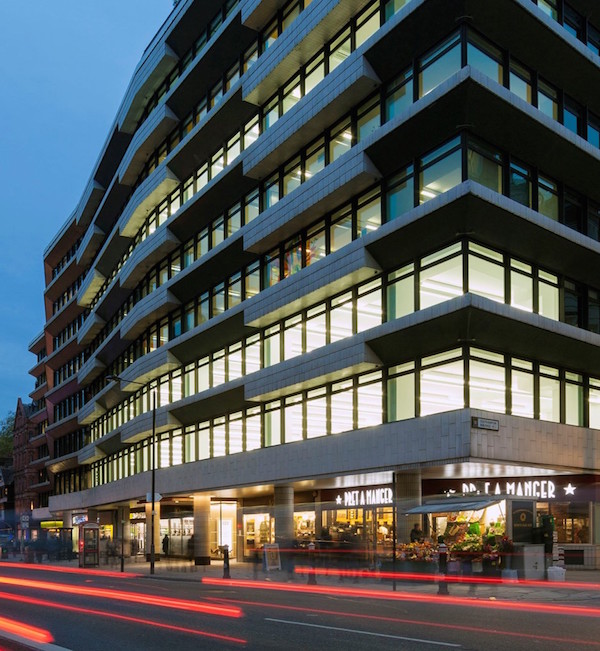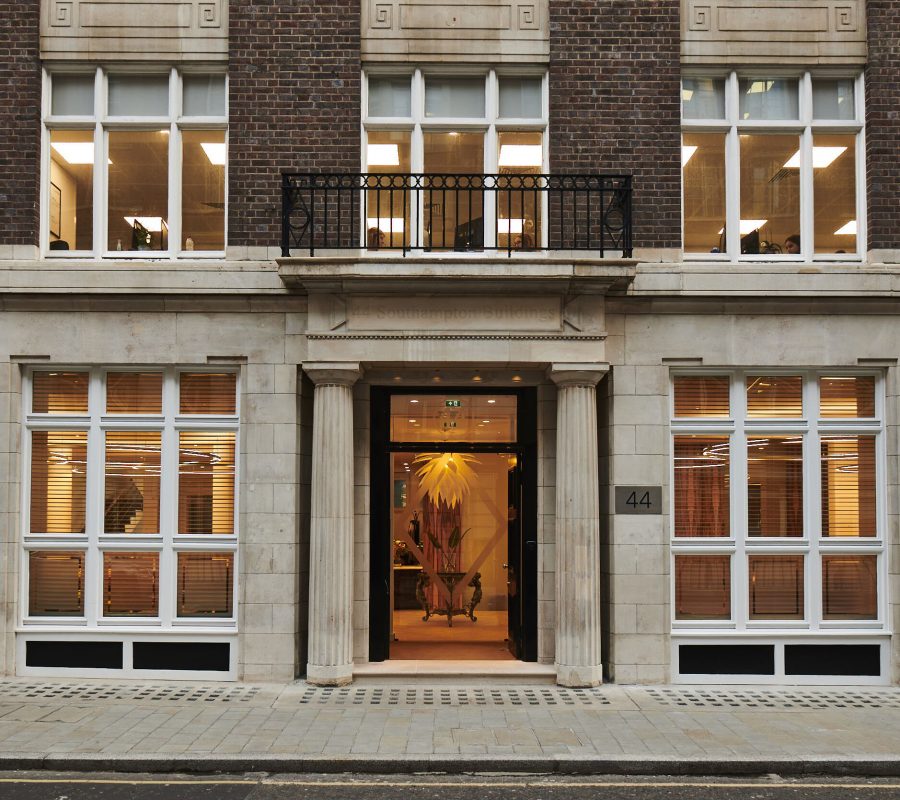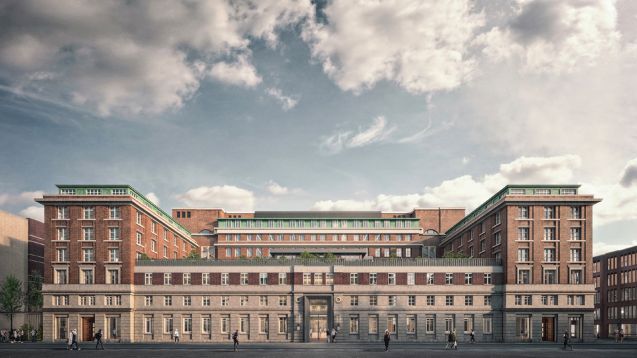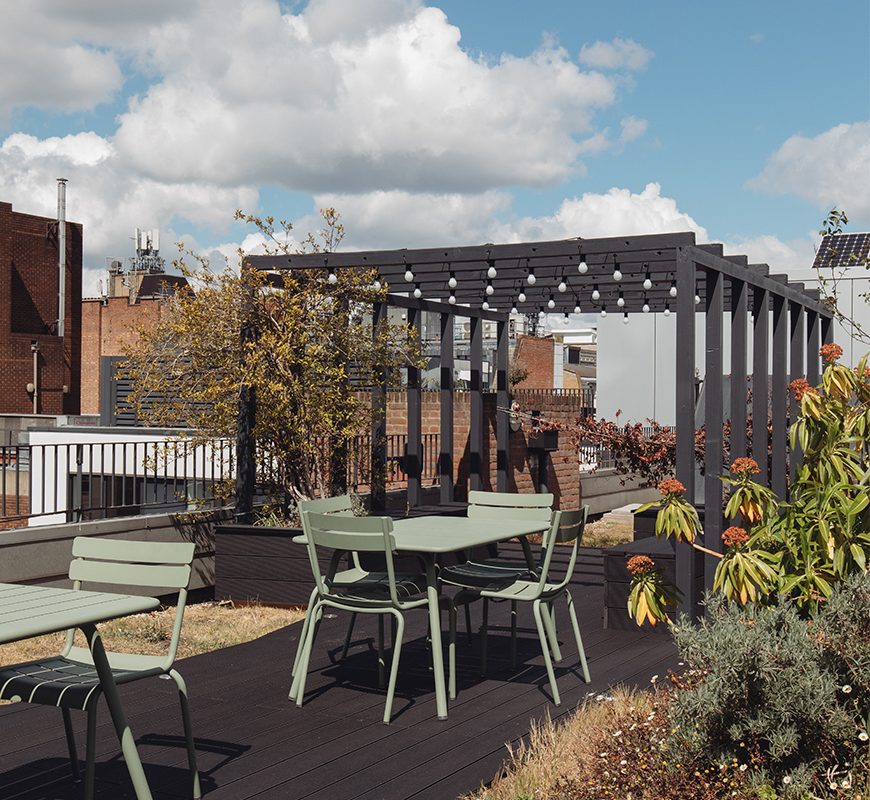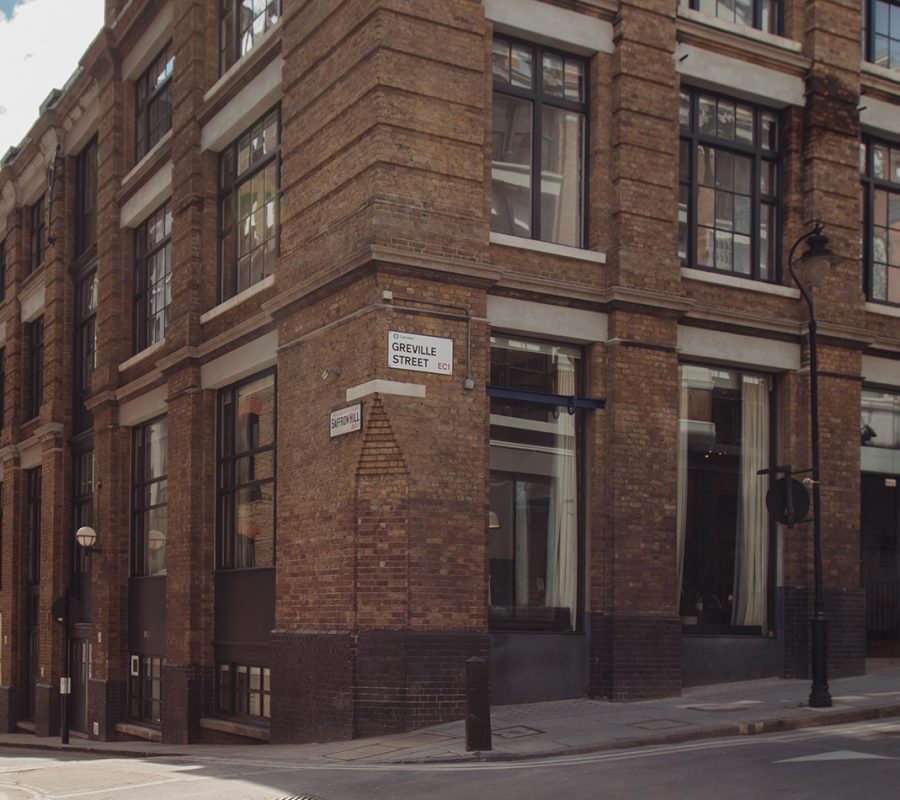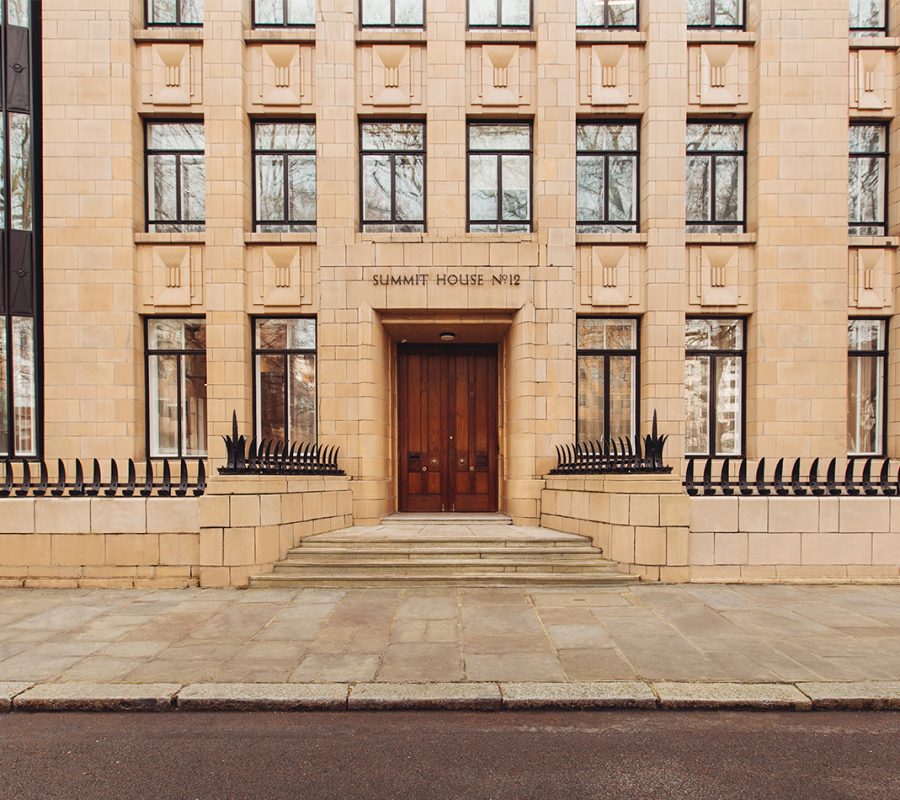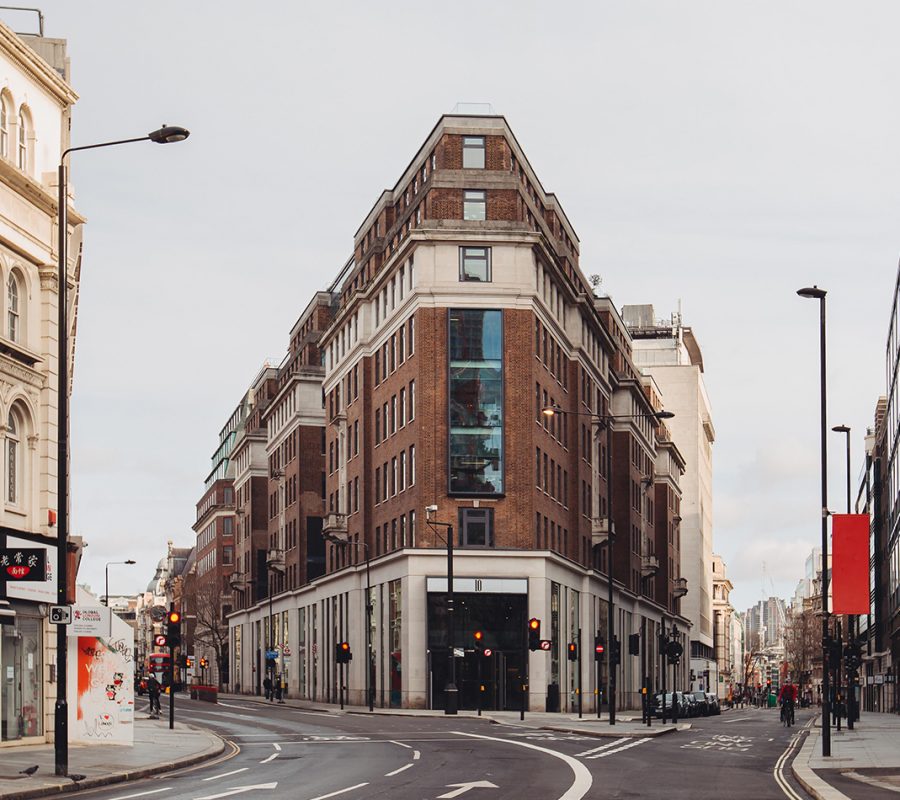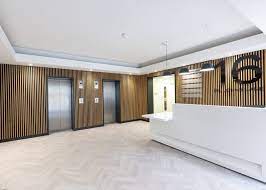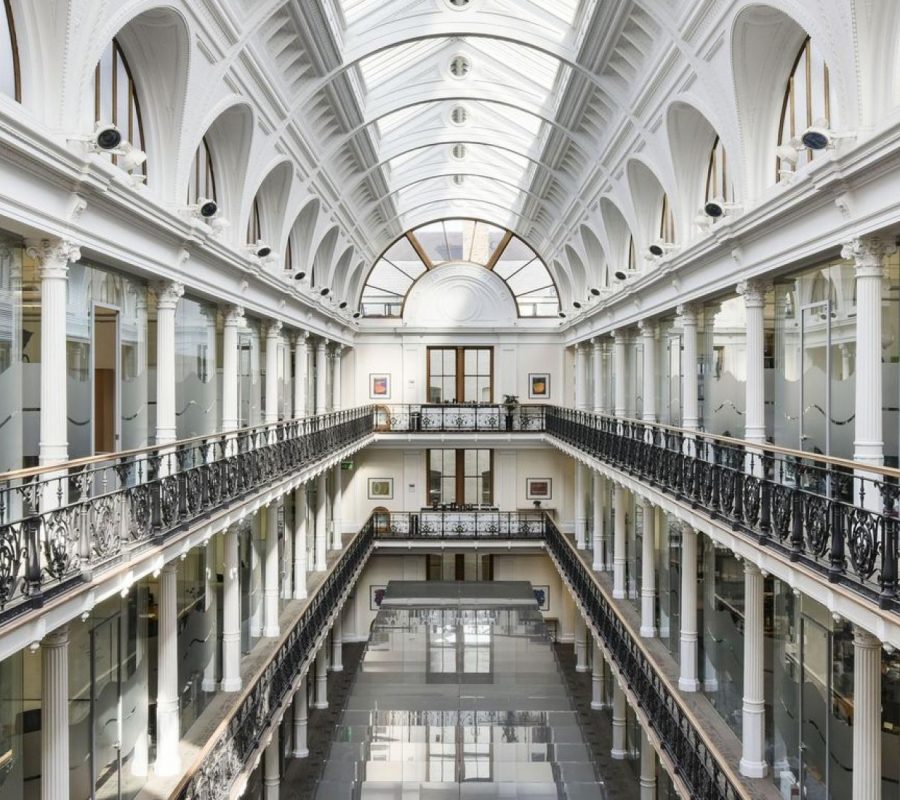Location:Midtown
Midtown Office Space
The term Midtown is relatively modern, which is surprising considering the vintage and legacy of the London institutions within it. Some of its office space is just as juxtaposed, offering state-of-the-art technology within prestigious and often listed buildings, although the area also offers brand-new prime office buildings.
The region between the West End and the City of London was previously unnamed as an area. It was formally titled with the Midtown Business Improvement District (BID) launch in 2005 and was first used by the BBC in an article in September 2010.
Today, it is defined as being made up of parts of Bloomsbury, Clerkenwell, Farringdon, Holborn, and St Giles and bounded by Tottenham Court Road to the west and Farringdon Road to the east. The Midtown office space market has become a defined London sub-market.
With a relatively new designation, Midtown office space is home to contemporary global heavyweights such as CNBC, Deloitte, Goldman Sachs, McKinsey & Co, Mishcon de Reya LLP, and Mott MacDonald. Also, it has a long history of being the home of notable and influential institutions.
The Military Order of the Knights Templar was established in 1144 in Holborn, on a site to the northern end of what was later to become Chancery Lane. Archaeological works recently located the first Knights Templar chapel at the junction where Southampton Buildings sits today and High Holborn.
The site of the Templar Hall and the chapel remained in place and varied in ownership until the early 17th century when it was redeveloped by the Earl of Southampton, who named the site Southampton Buildings.
Following an impeccable renovation programme, Southampton Buildings offers luxury private office spaces combined with first-class amenities, and occupiers are supported by a 5-star client service team.
In the early 1300s, lawyers came to occupy the Temple site and buildings and formed themselves into two societies, the Inner Temple and the Middle Temple.
By the 1400s, two other Inns of Court were established – Gray’s Inn and Lincoln’s Inn, and the four formed the foundation of today’s legal system in the United Kingdom.
All barristers must belong to one of the four inns as they have supervisory and disciplinary functions over their members. The inns also provide libraries, workspaces, dining facilities and professional accommodation. Each inn also has a church or chapel attached to it and is a self-contained precinct where barristers train and practise.
It could be said that the Inns of Court were the very first co-working spaces, however, ones in which all members belonged to the same profession.
Already well established due to the concentration of legal professionals in the locale, the area west of the City of London became accepted as London’s Legal Quarter when the Royal Courts of Justice was moved from Westminster Hall to the vicinity in 1882.
The Central Criminal Court of England and Wales has been located on Old Bailey (thus providing the institution’s moniker) since the 16th century when it was attached to the medieval Newgate gaol (jail).
Dating back to 1782, The Old Sessions House on Clerkenwell Green was the largest and busiest court in the country. Many who were found guilty were punished by being sent to Australia. Following their trials, they were held below the building, then moved through tunnels to Newgate gaol before being taken to ships on the Thames.
The Midtown district of London is steeped in history, and not all of it is judicially related. In the 16th century, a gentleman named Lawrence Sheriff from the Midlands town of Rugby purchased 8 acres of fields in the area. When he died in 1567, he left funds to start a school together with the fields.
Four hundred fifty years later, Rugby School still owns the fields, but being over 80 miles from its main campus, it rents out the land to fund scholarships.
It was on these fields, during the early 19th century, during a game of football, that a schoolboy picked up the ball and ran with it, leading to the other boys chasing him to retrieve it. Thus, he accidentally invented Rugby, which was named after the school.
Another link Midtown has with other parts of England is that Ely Place, just off Hatton Garden, was, until the 1960s, classed as Cambridgeshire and had a Cambridgeshire postcode.
This is because the Ye Olde Mitre pub on adjacent Ely Court was the location of a Cambridgeshire clergyman, the Bishop of Ely’s, 13th-century London residence. As the location was, therefore, technically not a part of London but of Cambridgeshire, it historically received its licence from the East Anglian county.
Covering a large part of Central London, Midtown office space today is home to many high-profile occupiers from a broad spectrum of industries, including the education, engineering, financial, legal and technology, media and telecommunication sectors.
Many choose to rent office space in Midtown on a conventional leasehold basis. They can choose from brand new office buildings that offer Class A prime office space as well as tastefully refurbished character properties that are fitted with state-of-the-art technology, elegantly interior designed, and equipped with best-in-class amenities, including barista bars, roof terraces, shower facilities, and electric vehicle charging facilities. The latter amenities are just a few examples of measures taken by landlords to create sustainable offices.
These buildings also offer a wide range of modern, flexible office space and workspace solutions that offer agile alternatives to traditional office space for rent.
Also known as Flex Spaces, these include private serviced offices, managed offices and co-working spaces. These are held on short-term licences as opposed to long-term leases yet provide options to extend terms if desired.
As the occupancy contracts are flexible, occupiers also have the option to expand into larger suites during their tenancies to facilitate growth on an ad hoc basis.
Private offices and managed offices are fully fitted and ready to use and are sometimes referred to as plug-and-play offices because no fit-out is required, and IT systems are already installed. This means little or no capital expenditure is required unless a custom-designed office is required, which can also be easily arranged.
Another reason flexible office spaces are growing in popularity is that the rent is all-inclusive. This means that the monthly rental fee covers rent, insurance, utilities, cleaning, furnishings, IT systems, and enhanced services such as reception, administrative support, and concierge services.
The cost of a desk in Midtown London office can be seen below:
| London Midtown Office Desk Rate | £/Desk/Month |
| Bloomsbury | 765 |
| Clerkenwell | 705 |
| Farringdon | 705 |
| Holborn | 890 |
| St Giles | 725 |
Office occupiers in Midtown enjoy an abundance of amenities, including world-class shopping in unique areas such as Hatton Garden and the 400-year-old Leather Lane Market, premium hotels such as the Morton Hotel, the Rosewood, London, and the Staunton Hotel, and a wide range of world-class food and drink establishments.
There is also a wealth of culture to take in at Midtown, with institutions such as the British Museum and the Charles Dickens Museum and unique buildings such as Staple Inn, which dates back to 1585. It is the only surviving one of London’s smaller ‘Inns’ where lawyers trained before joining one of the larger four Inns of Court.
The green space of Lincoln’s Inn Fields, which, at 12 acres, is classed as the largest of London’s 300 garden squares by English Heritage, is a beautiful place to take a lunchtime stroll.
Its central London location means it benefits from excellent transport links, with tube stations including Chancery Lane, Holborn, Russell Square, Temple, and Tottenham Court Road, which are served by the Central, Elizabeth, Northern, Piccadilly, and Victoria lines.
It is also within close proximity of the City Thameslink, Euston, and Kings Cross St Pancras stations, which are serviced by international, national, and Thameslink services.

